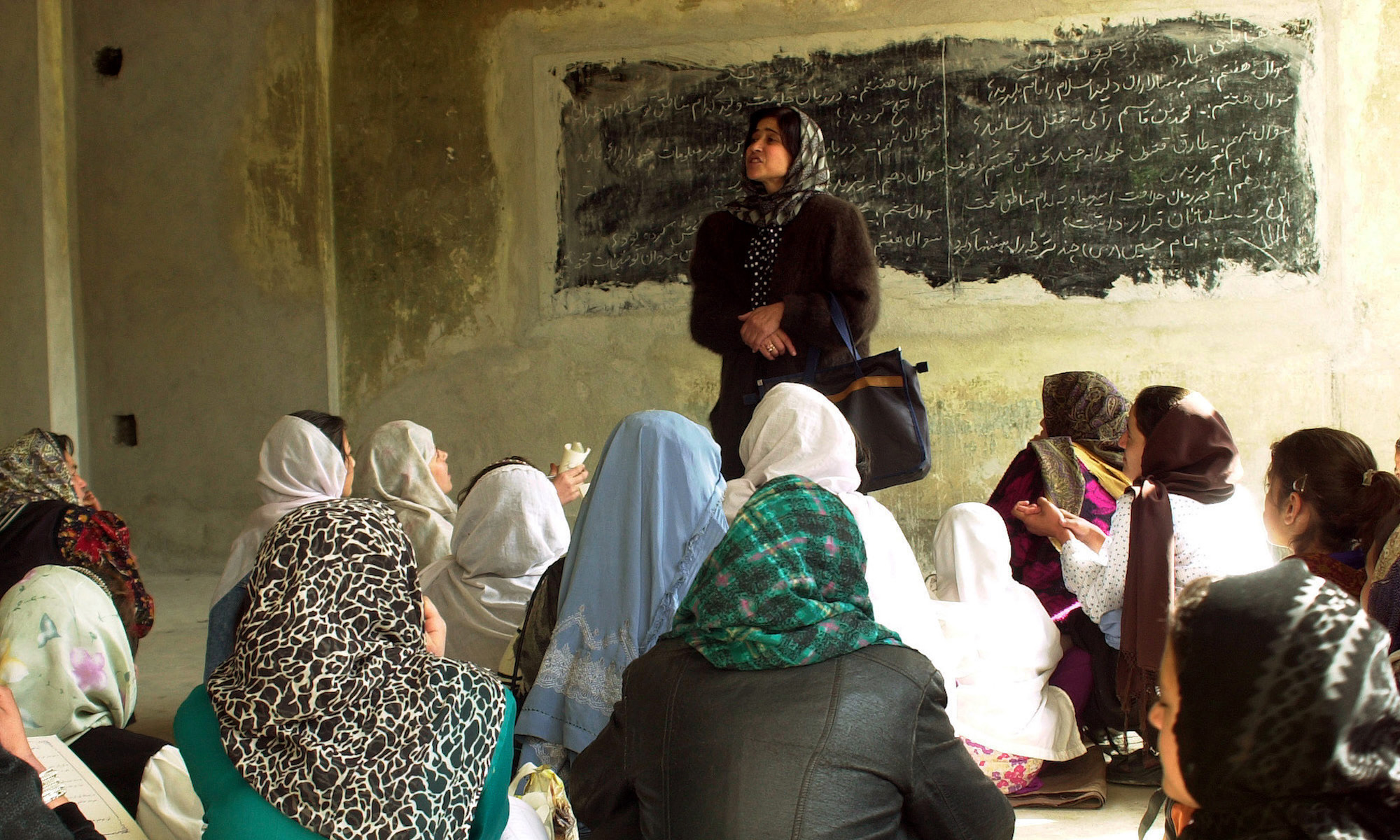Humanitarian aid operations save many lives, but they also fail to help many people and can have unintended political consequences. A major reason for the deficit is poor coordination among organizations. In contrast to “lessons learned” studies that dominate the literature on this topic, this article uses systemic network theory, drawn from business management literature. It presents the humanitarian aid community as a complex, open, adaptive system, in which interaction of structure and processes explain the quality of the response to environmental demands. Comparison of aid operations in Rwanda in 1994 and Afghanistan in 2001 probes the argument that the humanitarian system is becoming more effective by developing characteristics of a network through goal-directed behavior of participating organizations. The study finds development of network characteristics in the system when clusters of organizations learn to coordinate more closely, but the system is constrained by the workload of a crisis environment, lack of trust among organizations, and the political interests of donor governments.

INSCT Postconflict Research Database
The Institute for National Security and Counterterrorism's Postconflict Research Database & Analysis Project stores cross-indexed bibliographic information on hundreds of journal articles, books, book chapters, and case reports that address the broad, interdisciplinary fields of postconflict reconstruction, stabilization, and peacebuilding.
39 Replies to “Harmonizing the Humanitarian Aid Network: Adaptive Change in a Complex System”
Comments are closed.